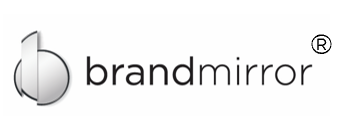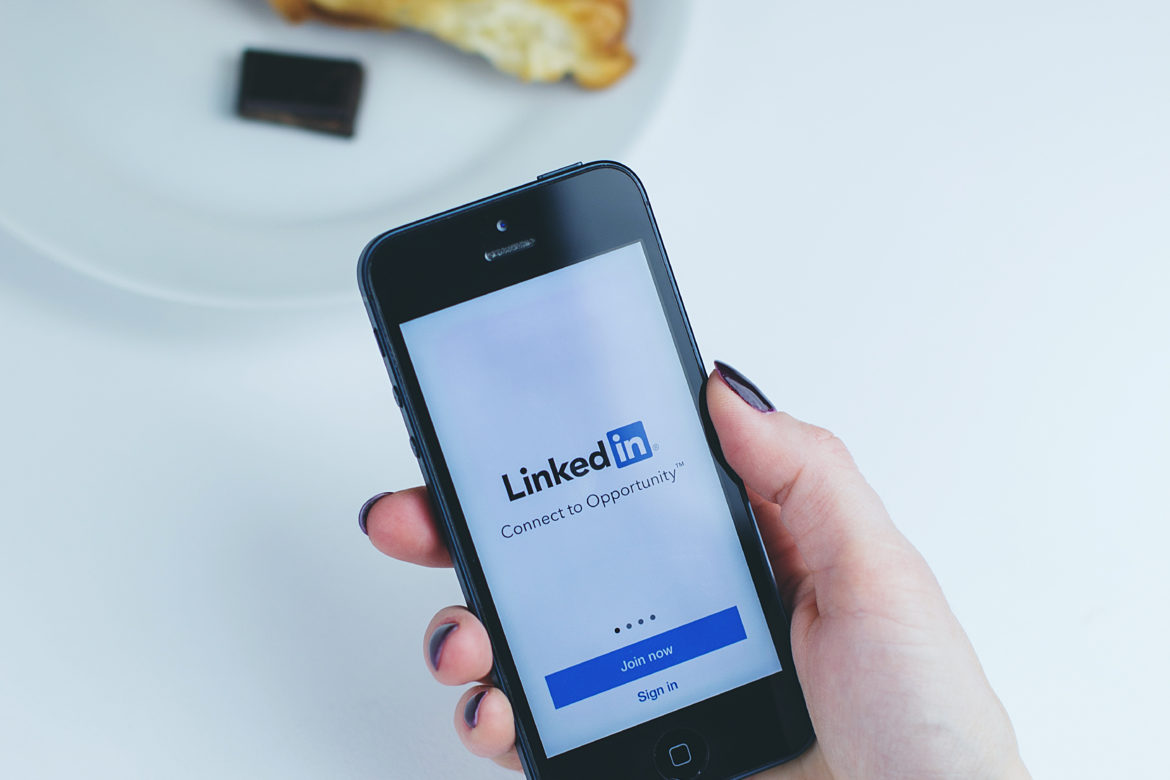Working with senior leaders, from executives to CEOs, always provides a ton of insight. One thing is always true – most individuals over a certain age/demographic tend to not love social media. It takes real focus to paint the picture of how important it is to be online as a leader. However, for millennials, the opposite is true – many of them love being online on channels like Instagram and Snapchat- and yet – they struggle to see the value of LinkedIn at this point in their career. Are the “fake connection requests” on LinkedIn too much? Does it turn millennials off because of the mobile experience? These are all questions I work through on a regular basis with graduate students and young professionals.
The Recruiter is on LinkedIn, You Should Be Too.
LinkedIn is crucial for many reasons. One of those reasons is that recruiters are on LinkedIn and use it to find talent. Just having a LinkedIn profile allows a young professional to control their findability, first impression, and most importantly, the narrative of their career. When a profile is built intentionally with the optimal keywords and content, then your LinkedIn profile will show up in Google Search towards the top. Your profile should have a great headshot, a compelling & relevant banner photo, and a great title that communicates your brand and value quickly and clearly. Many individuals under 35 consider LinkedIn as unnecessary, however, it is more important than ever when it comes to getting found and making a great impression.
LinkedIn is a Platform Built for Personal & Professional Branding
Obviously a profile needs to reflect your expertise and experience, however, LinkedIn also allows for individuals to share their thought leadership, their community involvement, and validation too. Personal branding is not personal bragging. It is critical to think of LinkedIn as a way to communicate your value in a confident, clear, and compelling way. If you are not communicating it – who else is? In a recent Jobvite survey, these are the top three positive signs recruiters look for on social media:
“Examples of written or design work (65%), engagement in volunteering, mentoring, or non-profits (63%), and mutual connections (35%) are the top three positive factors that impact a recruiter’s decision to move forward with a candidate.” Jobvite 2017 Recruiter Report
LinkedIn is a great way to show how you think, which helps recruiters understand how you communicate and your conversational skills.
Do Review & Update Your Other Social Networks
Recently, as I review the online profiles of my clients, it is clear that they have rarely Googled themselves. Nor have they had others look at their profiles. Just as a social profile can provide positive insights, profiles can also provide indicators that recruiters can find negative. Recruiters identified what were red flags during candidate research on social media, here are some highlights:
- 61% marijuana in the last year
- 51% political rants
- 48% spelling/grammar errors
- 35% alcohol consumption
- 19% showing off big purchases
- 16% showed too much skin
- 12% had a limited social presence
*Jobvite 2017 Recruiter Report
Please make sure your profiles are private, although even then, once something is online it can always be found.
Get Others to Validate Your Skills
LinkedIn has several powerful ways you can build credibility. One of the most obvious is around recommendations. During graduate school (and at any point in your career), it is important to ask for and give recommendations. More than twelve starts to change search results. In addition, asking people to endorse you for certain skills is key – it is important to get people who have 99+ endorsements of a skill to endorse you for that same skill. So be thoughtful in the ask for who writes you a longer recommendation and who endorses you for skills.
A best practice for recommendations is to draft a recommendation for you on behalf of your recommender. Then email it to that person and let them know you realize they are busy and that you wanted to save them time by drafting it although they should feel free to make edits. Then provide a link to your profile and instructions on how to submit a recommendation. Another great thing to do is at the end of any group projects or international residencies, or on the job, as part of the closeout process, add a “project” on your profile the features a new skill or strength you want to highlight.
Showcase Your Values & What Matters to You
Just as companies want to hire based on cultural fit, candidates want that too. 13% of job seekers turned down offers because of company culture. Recruiters are looking for experience, the culture fit, then employee referrals. To showcase your values and what matters to you, think about writing thought leadership pieces that hit on culture. What would you write about on LinkedIn that shows your experience and also your values? If you participate in a group, network, club – how would you share your lessons learned or experiences in a way that highlights how you perceive the importance of culture and what kind of culture you can help establish and influence.
Companies do care about growing their brand and making sure that employees certainly do not create risk for their brand. How are you putting your best digital foot forward to attract the right opportunities?
Be a noisebreaker,
Jen

